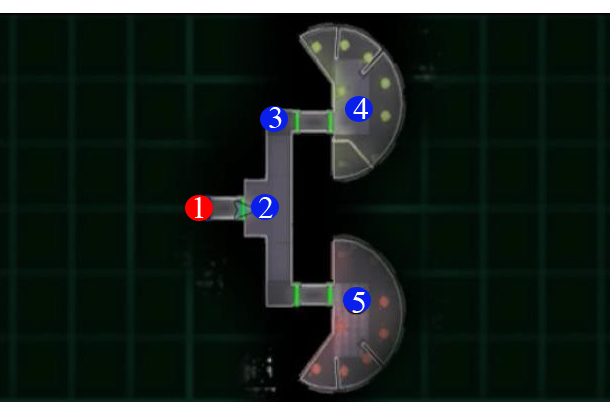

Traversal actions are used as soft gates so that players cannot escape the current gameplay space without completing the task at hand, for example: getting rid of enemies in the current combat area.

Gating means blocking off a future gameplay space.

Let us take a look at why these traversal actions exist in level design. I have heard a lot of players complain about how games overuse them and how they slow down the feel and speed of gameplay. I’ll call them traversal actions for the purpose of this article.Ĭharacters typically travel slower (compared to their normal movement speed) when moving through one of these traversal actions. While playing through a typical action-adventure video game, you might have come across interacts like squeeze-throughs, cave crawls, duck unders, etc, while traversing a game level.


 0 kommentar(er)
0 kommentar(er)
